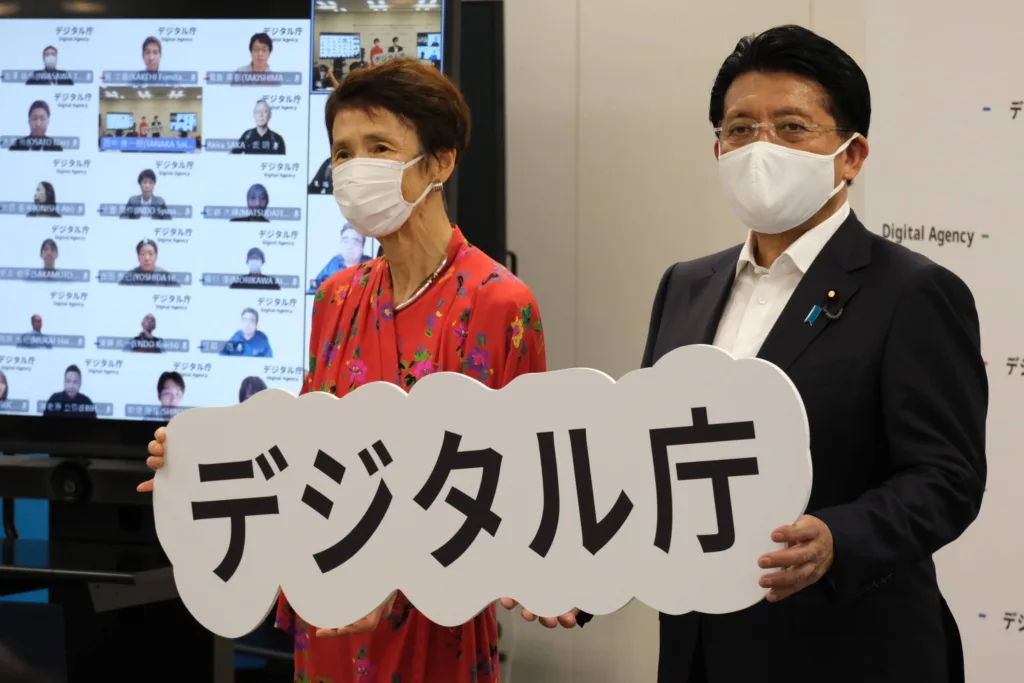Japan’s strength lies in its attention to detail. Plans are drafted carefully, risks are evaluated thoroughly, and consensus is sought before decisions are made.
But that same precision can also be a weakness. When good ideas pass through too many layers of validation and compromise, they often lose their meaning.
The Japanese phrase 骨抜き (honenuki) literally means “deboned.” In cooking, it makes a fish easier to eat. The shape remains perfect, but when touched, it crumbles. In policy and business, it describes something that still looks complete, but whose structure has been hollowed out by excessive caution, review, or compromise.
Example 1: Birthrate Incentives That Don’t Inspire
Japan’s birthrate has fallen to 1.20, one of the lowest in the world. In response, governments have rolled out subsidies for childbirth, housing, and childcare.
Yet a Cabinet Office survey shows that less than 30% of young people believe these incentives influence their decision to have children.
The programs are well-funded and sincere, but disconnected from everyday realities: long work hours, small homes, and financial insecurity. The intent is clear, but the impact is muted — a honenuki policy in need of greater empathy and imagination.
Example 2: Cannabis Reform Without Lift
The Cannabis Control Law revision of 2024 was an important step, formally allowing the use of medical cannabis and clarifying rules for cannabinoids such as CBD, CBG, and CBN.
However, in aiming to minimize all possible risk, the law introduced 1 ppm and 10 ppm THC limits, among the strictest in the world. These thresholds created unnecessary complexity and costs without necessarily improving safety.
The reform was a meaningful milestone, but its potential to foster responsible innovation remains constrained by extreme caution — a honenuki law that could be strengthened with more balance and trust in evidence.
Example 3: Work-Style Reform That Didn’t Reform Work
Japan’s “Work-Style Reform” laws (働き方改革) aimed to reduce overwork and improve quality of life.
Yet a 2023 Recruit Works survey found only 18% of employees felt their work-life balance improved. Many simply worked the same hours under new reporting systems.
The policy did raise awareness and encourage dialogue, but its implementation often turned into paperwork rather than progress.
Example 4: Digital Transformation Without Transformation
The creation of Japan’s Digital Agency in 2021 was meant to unify fragmented systems and simplify public services.
Three years later, rollout of the My Number ID system remains uneven. Only around 60% of citizens have linked their health insurance or medical data, far short of national targets.
The agency has made important strides, but competing interests and overcareful procedures have slowed its effectiveness. A strong idea, slightly dulled in execution.
Example 5: Green Goals, Gray Results
Japan’s carbon-neutral 2050 pledge was bold and necessary. Renewables now account for about 22% of Japan’s power generation, while coal still supplies over 30% — one of the highest rates among developed nations.
Progress is happening, but slowly. Regulatory complexity and energy security concerns keep the transition cautious. With firmer prioritization and incentives, Japan’s green ambitions could move from promise to momentum.
Example 6: Immigration Policy That Opened Without Opening
The Specified Skilled Worker (特定技能) visa system launched in 2019 to attract foreign labor to key industries.
Authorities expected 340,000 entrants within five years. By mid-2024, only about 175,000 had arrived.
At the same time, loopholes in Japan’s Technical Intern Training Program blurred the line between education and low-wage labor.
The framework is a significant improvement in principle, but implementation gaps and excessive controls have limited its reach. With refinement, it could address Japan’s growing labor shortage more effectively.
Example 7: The Investor Visa That Lost Its Way
Japan’s Investor/Business Manager Visa was designed to attract global entrepreneurs and capital.
Yet inconsistent enforcement and loose definitions led to misuse by brokers and shell companies, while genuine investors faced unpredictable standards.
By 2023, authorities began tightening reviews after uncovering hundreds of “paper companies.” The concept remains sound, but the system needs clearer rules and consistent application. Its foundation is solid — it just needs its “bones” back.
Example 8: Shock and Safety in Balance
Even Japan’s approach to reform itself reflects this tension. After scandals or crises — from Olympus to Fukushima — new rules are introduced with the best intentions: to protect, to reassure, to restore trust.
Yet as these systems grow more complex, they often become barriers to the very innovation and resilience they were meant to support.
The Cost — and Opportunity — of Honenuki
Japan’s precision and care are virtues. But when good intentions are filtered through endless consensus, their power fades.
Honenuki policies make things safer, but also smaller. They create order, but sometimes at the expense of vitality. The fish looks perfect, but when touched, it falls apart.
None of these reforms are failures. Most have advanced important discussions and achieved real progress.
But with a bit more conviction — and less fear of imperfection — Japan could restore the “bones” of these ideas and turn cautious success into meaningful transformation.
Details should clarify, not confuse.

